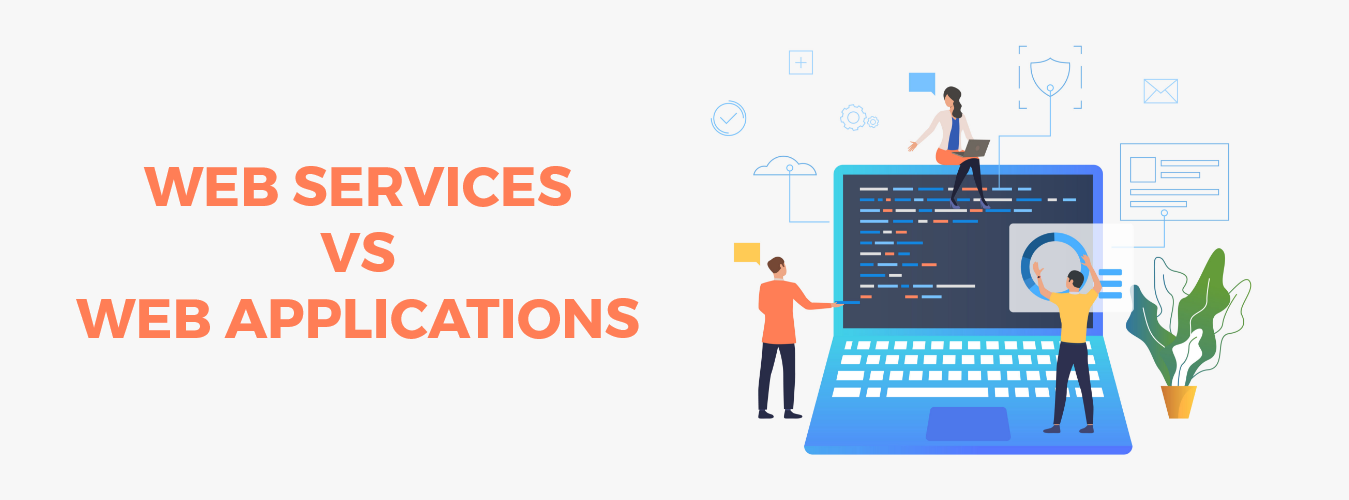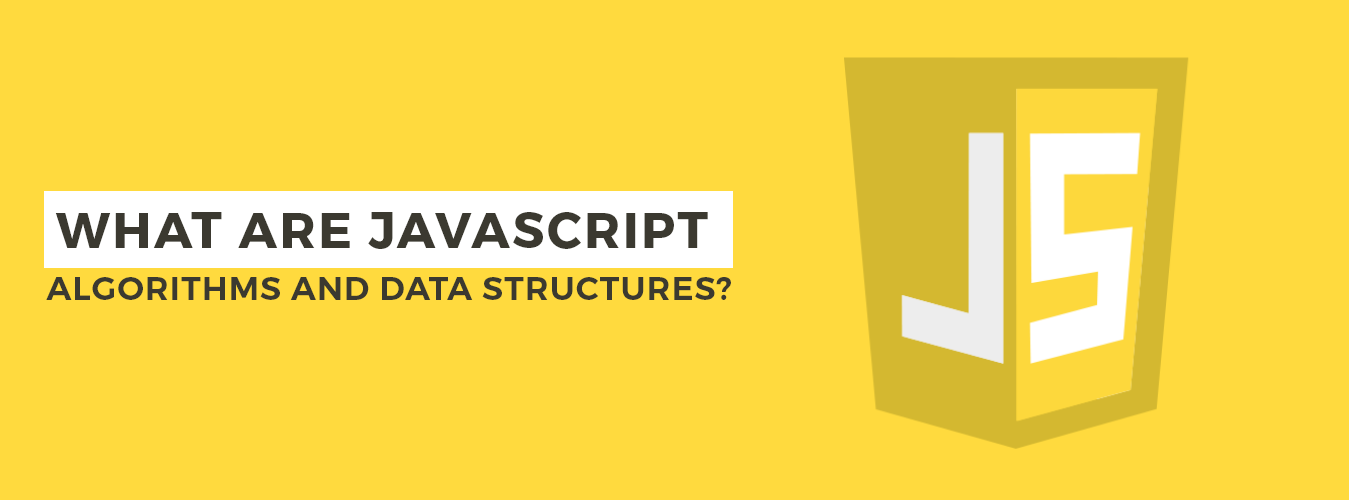Introduction
Over time, web development has evolved. JavaScript, Node.js, and other languages like React Native have replaced static HTML and CSS as the primary building blocks of web pages and applications. As a result, to stay ahead of the competition, custom web app development services must stay current with emerging trends. As companies work to design user-friendly, aesthetically pleasing, and highly functioning websites, developers must stay on top of the curve and follow the most recent developments in the industry.
This blog post’ll look at 10 web development trends expected to have a big future. These trends influence how websites are developed, explore the future of web development and how people interact with them. They range from cutting-edge technologies to creative design methodologies.
Understanding these growing trends can help you stay competitive and provide outstanding web experiences, whether you’re a web developer, a business owner, or just someone with an interest in the digital landscape. So let’s explore the fascinating field of web development and learn about the trends changing the nature of the internet.
Crafting Your Ideal Mobile App/Experience Starts Here!
Ready to elevate your business? Your custom app is just a click away.
Yes Let’s go10 Web Development Trends to Watch Out
1- React Native
JavaScript, HTML, and CSS may be used to create native apps with the React Native framework. Without learning new languages or frameworks, React Native makes it simple to create rich user experiences across iOS, Android (and soon Windows), macOS, watchOS, and tvOS. It’s comparable to the hybrid app models that are common in the web world in that it enables you to design apps that appear and operate as though they were made especially for your device.
2- Serverless functions
With serverless functions, also known as AWS Lambda, you can run code without worrying about maintaining the infrastructure or server. Both offline and internet applications are compatible with it.
The main benefits of using serverless functions are:
- It’s very cheap – $0.15 per second per 1000 requests (1 GB memory) on average
- It’s fast – up to 100x faster than traditional cloud servers
Also Read: Difference Between Web App and Website
3- WebAssembly
A new online standard called WebAssembly enables programmers to convert their source code into machine-readable binary code. WebAssembly aims to enable more effective and compact programs that may be launched in the browser without the need for any further plugins or applications.
Performance was a major consideration while developing WebAssembly, but it wasn’t just about speed; another objective was to provide an environment in which programmers could write code once and then distribute it across several devices without recompiling or starting from blank.
4- GraphQL
A query language for APIs is GraphQL. It is predicated on the notion that although your online app must communicate with other apps, you don’t want to create laborious queries only to obtain data. Instead, you can only include the required fields in your request, leaving the rest up to the server.
Because it simplifies coding and speeds up development, GraphQL has grown in popularity. This strategy provides several advantages, including the following:
- GraphQL claims developers will be able to move faster because they can easily create new features without worrying about maintaining legacy code or dealing with server errors.
- Custom web app development services can focus more on their ideas instead of having all these technicalities around them (for example: validating queries).
5- Progressive web apps
Progressive web apps are programs that can be used without an internet connection. They are based on service workers, and JavaScript frameworks that support background operations like obtaining content from distant servers and caching it locally for quicker access in the future. Users can access progressive web apps even if they don’t have an internet connection because they can run offline.
6- Virtual Reality
Virtual reality (VR) is a relatively new technology recently gaining popularity. Games, movies, and other types of content can be produced with VR. Immersing yourself in various situations is a fantastic method to learn new things.
VR is a great tool for developing empathy for others with different experiences or worldviews from your own since it enables you to understand another viewpoint without labelling it as good or incorrect. You only need an internet connection and some video games; no special equipment is required.
7- Machine Learning and AI
Two of the largest trends in web development are machine learning and artificial intelligence. A type of artificial intelligence known as machine learning enables computers to learn from examples and develop over time. For instance, if you’re developing an email marketing campaign across various platforms, such as Facebook, email newsletters, and so on, you could use machine learning to identify which platform sends more emails per hour than the others by counting how many people open an email on each platform (this is known as the “click-through rate”).
In artificial intelligence (AI), computers generate choices based on information from various sources, including search searches, social media posts, and even physical sensor readings from devices like heart rate monitors.
8- Mobile First architecture
The best method to build for mobile is with mobile first. It is both a strategy and an approach that strongly emphasizes developing mobile devices initially.
Responsive web design is prioritized over conventional desktop-focused development in mobile-first development. This implies that, instead of using older HTML5 code or other technologies like JQuery, you need to consider how your site will appear and function on various devices (such as phones, tablets, and even TVs).
9- DevOps and Continuous Integration
Two of the most significant developments in web development are DevOps and continuous integration, but they are also incredibly challenging to apply. It can be challenging to get going if your team doesn’t already have experience with DevOps or continuous integration.
An focus is placed on working together on improvements rather than working separately or waiting for assistance with their work in the DevOps culture, which promotes collaboration between development and IT operations teams. As a result, custom web app development services must be able to successfully interact with one another to avoid duplicating work or asking for assistance from other departments (like IT).
10- Multidimensional Scaling (MDS)
You may scale your application with MDS without changing the code or database. You can increase the number of servers and customers without worrying about their connectivity or access to data.
The foundation of MDS is the concept of “shards”—more manageable portions of your program that may be distributed among several servers and clients. Because each shard keeps track of its state, there is no requirement for synchronization between shards when they are changed, which is frequently carried out by triggers. This also simplifies your job as an administrator because it takes less effort to enforce security standards on a single shard than all of them at once.
Also Read: 9 Different Types of Web Applications with Use Cases
Web development is undergoing some changes, so look for these trends.
Web development is undergoing some changes, so look for these trends.
- Mobile-friendly websites are a trend that has been around for a while and will only gain in popularity. Ensure your website is accessible on all mobile phones and tablets. Additionally, you should ensure that any material you provide is usable on mobile devices.
- Data analytics: Understanding how clients use data and how their clients’ demands change over time is crucial for anyone who works with data or information. Using analytics software, you may track metrics like page views per month (or year) or bounce rate (which gauges how frequently visitors leave a page without viewing another). You may gain information from this kind of analysis into the areas that require development so that everyone—from marketers at large corporations down to individual users—gets better outcomes when employing technologies like responsive design.
Conclusion
Although we know that the web development sector is evolving, there is still a lot of excitement for individuals who wish to get engaged. We sincerely hope you found this post to be interesting and that you learned something new about some of the topics we covered.
Crafting Your Ideal Mobile App/Experience Starts Here!
Ready to elevate your business? Your custom app is just a click away.
Yes Let’s go







